Peugeot presents seven-seater SUV – the e-5008
The batteries come from France. The battery cell joint venture Automotive Cells Company (ACC) of Stellantis, Total and Mercedes-Benz produces them at the factory in Douvrin, which opened last year.
However, Peugeot does not explicitly state the exact size of the battery for the e-5008. The press release only says that the STLA Medium supports batteries of up to 98 kWh. However, since the Longe Range variant of the smaller e-3008 (with a 170 kW front engine) has a WLTP range of up to 700 kilometres and makes full use of precisely those 98 kWh, it is also likely that the larger e-5008 version with a standard range of up to 660 kilometres has the same NMC battery in the underbody. The e-3008 also uses ACC cells.
The same drive combination with the 170 kW front motor will likely be used for the 660-kilometre version. In addition, the e-5008 will also be available with a 157 kW front-wheel drive (and presumably the cheaper 73 kWh battery). The top model will have electric all-wheel drive, which offers a system output of 237 kW – 157 kW at the front axle and 80 kW at the rear axle. The front engine delivers a torque of 345 Nm, and the rear engine 170 Nm. Peugeot has yet to communicate exact ranges for the individual variants, as WLTP homologation is still pending. It only mentions a rough range of 500 to 660 kilometres.
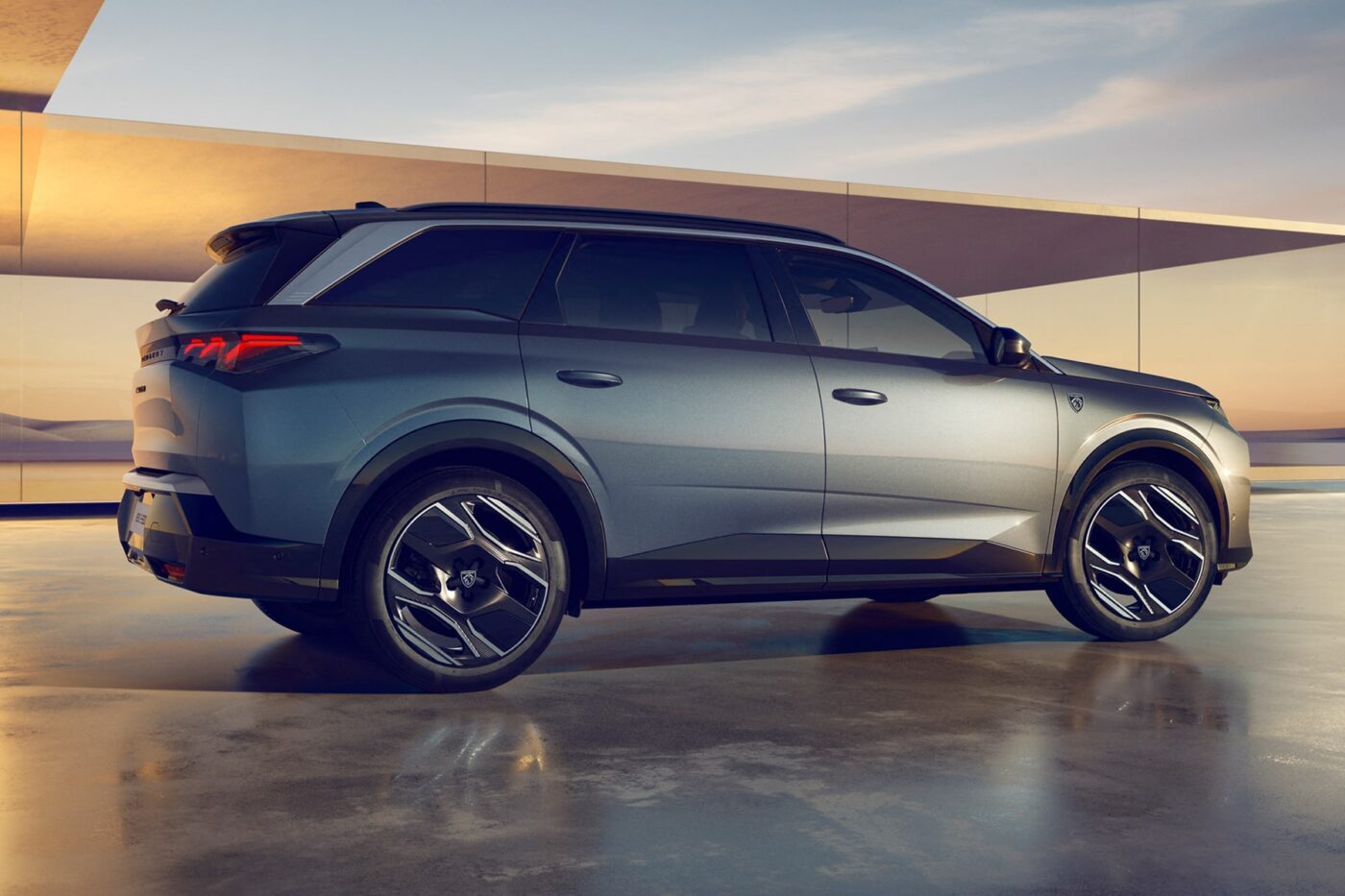
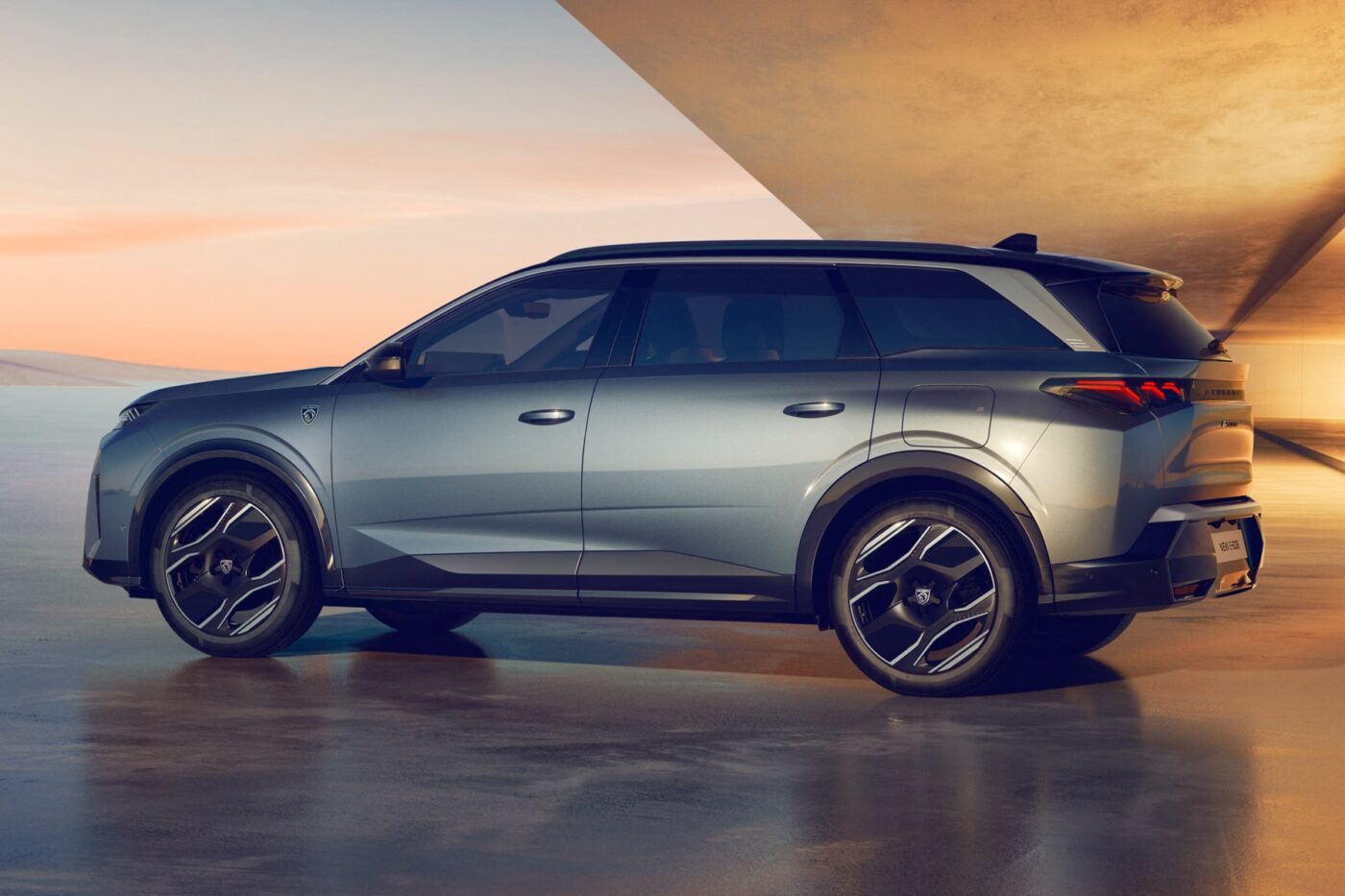
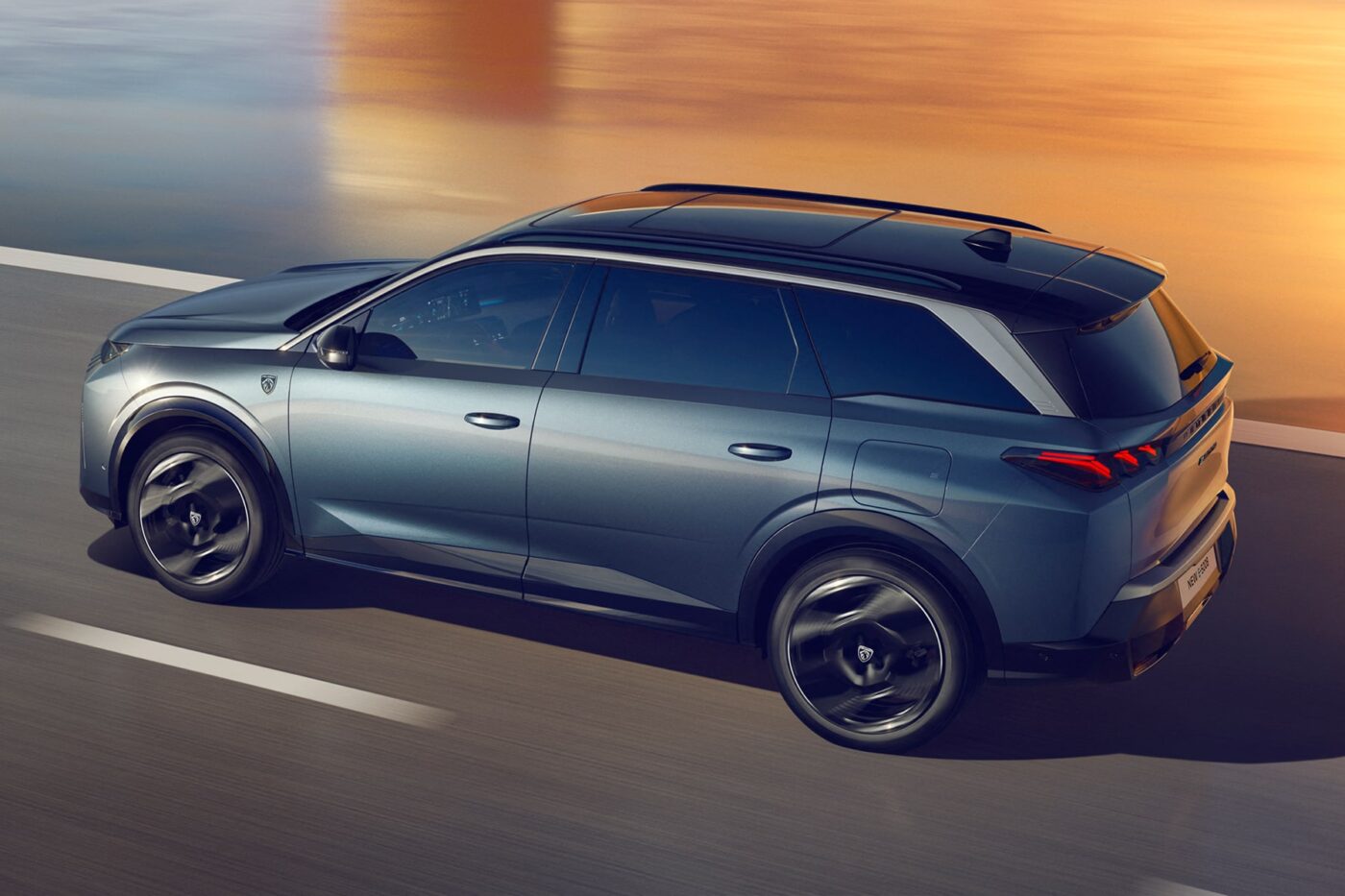
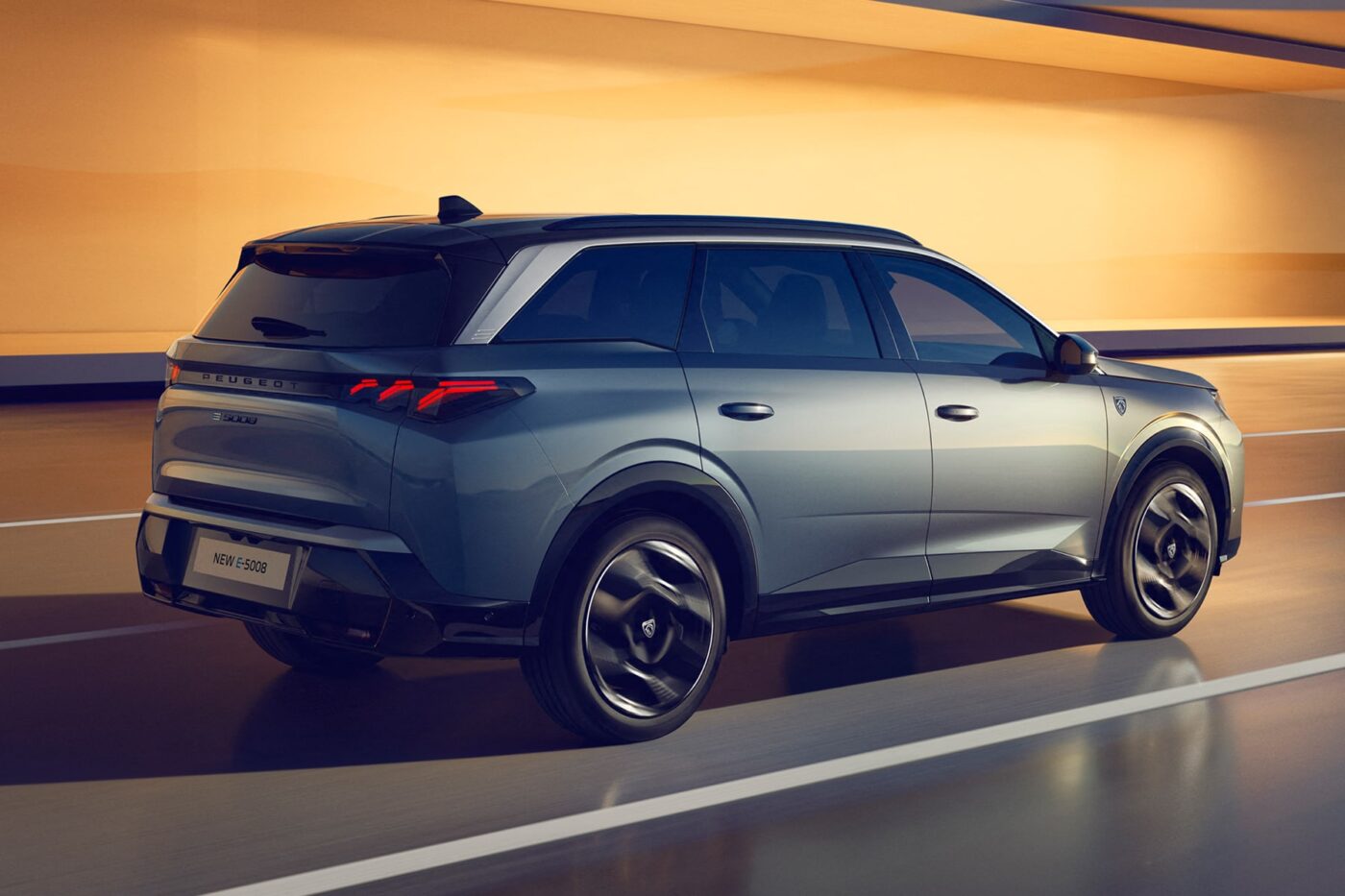
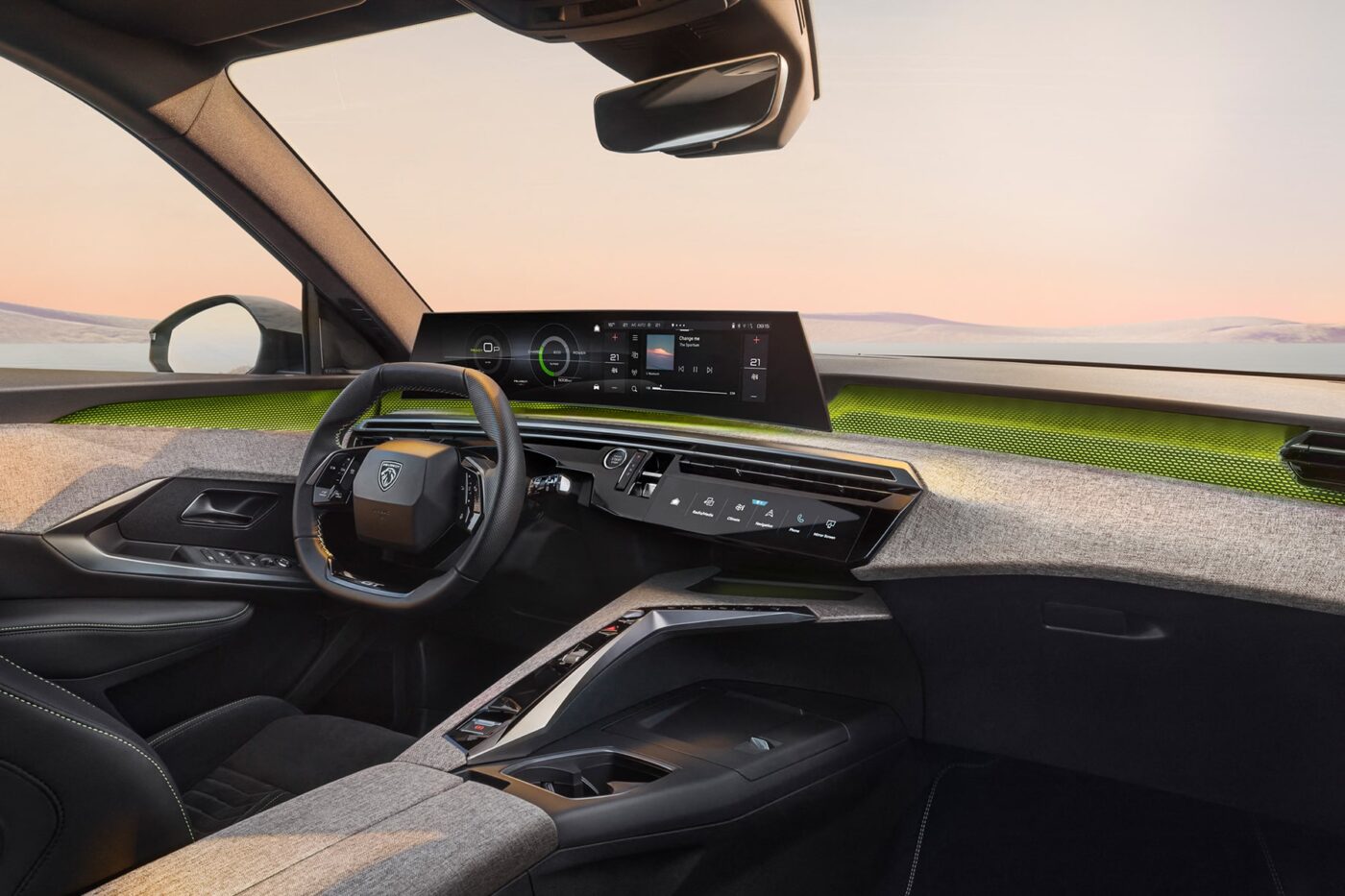
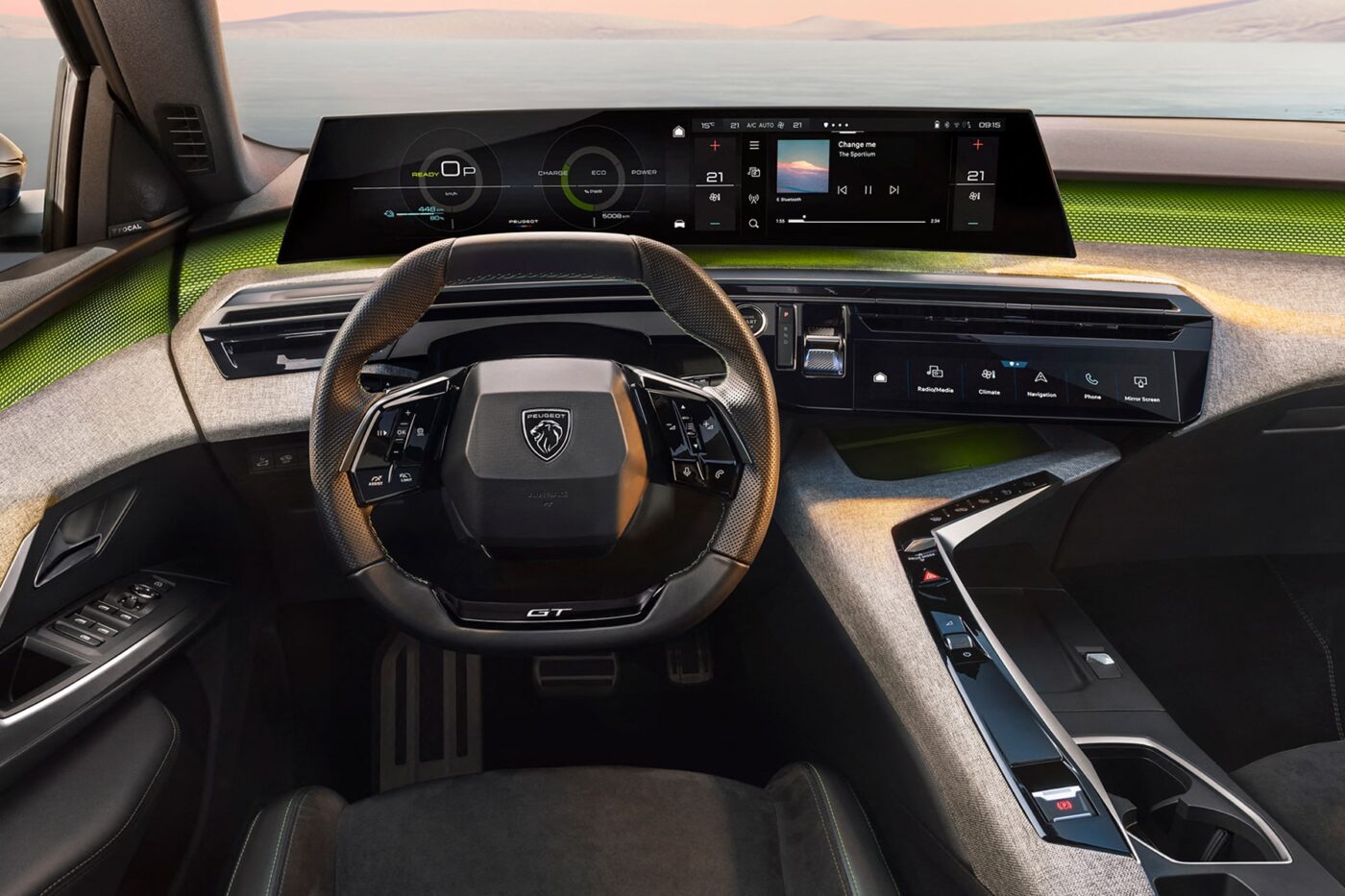
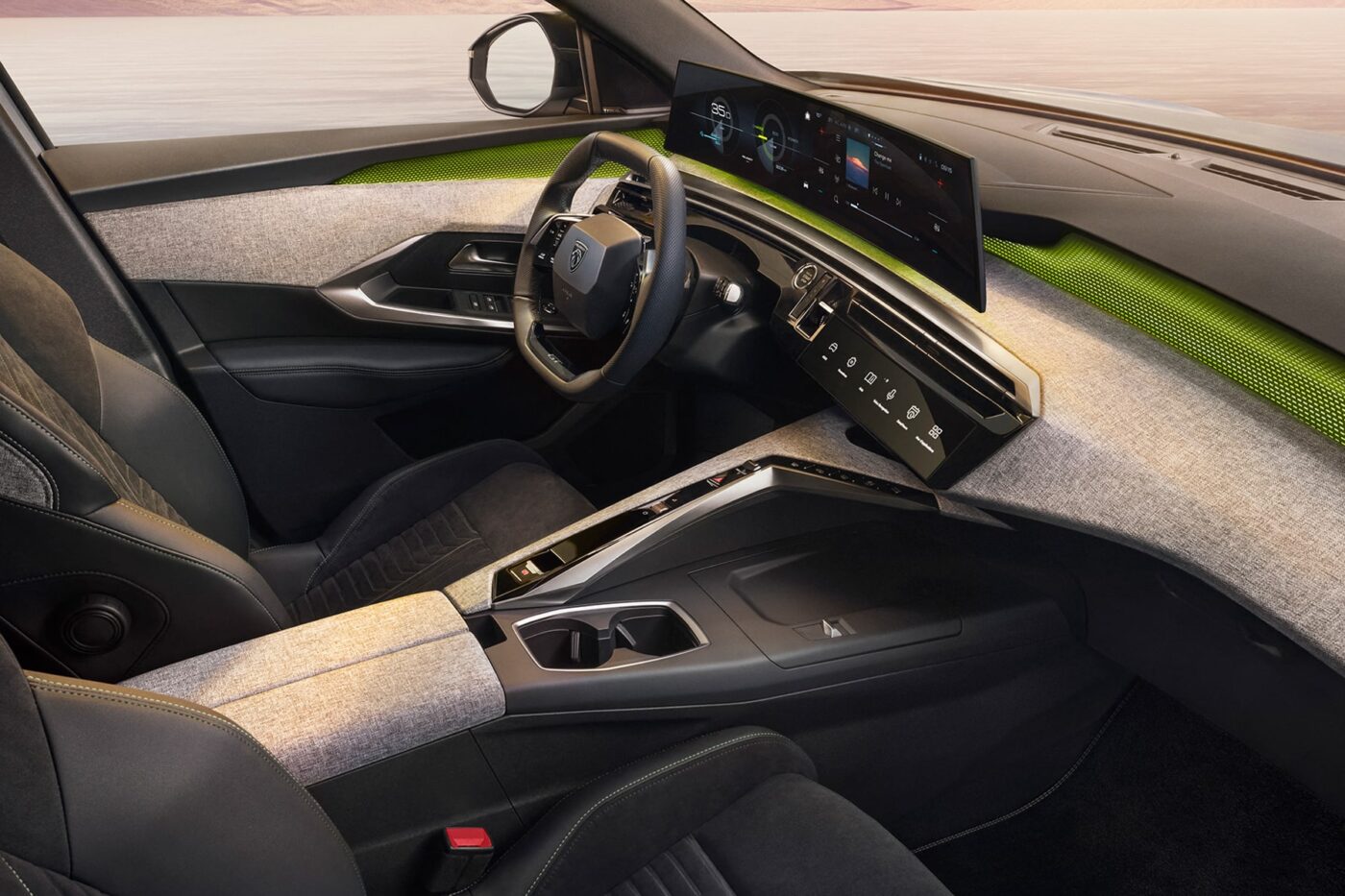
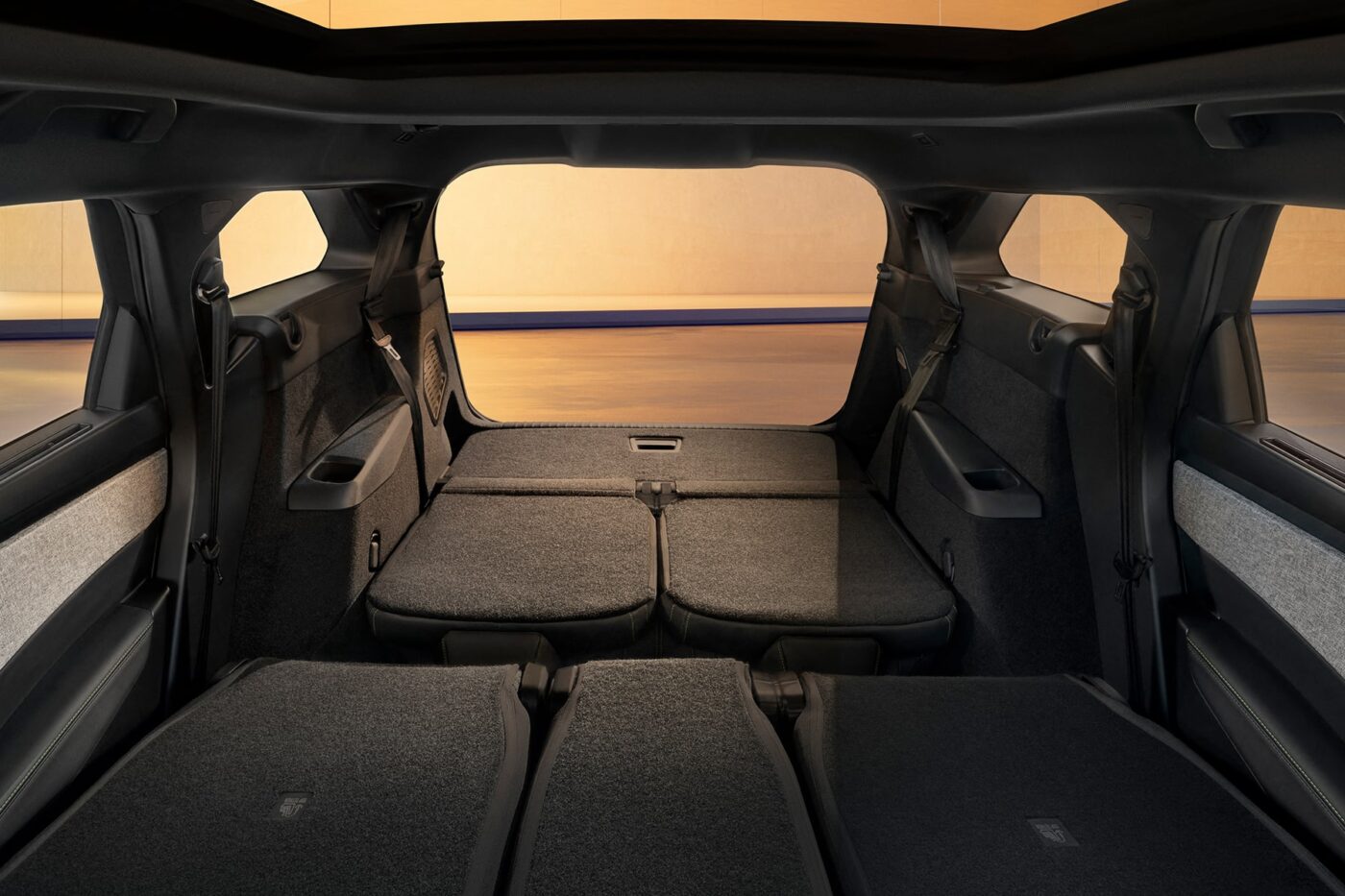
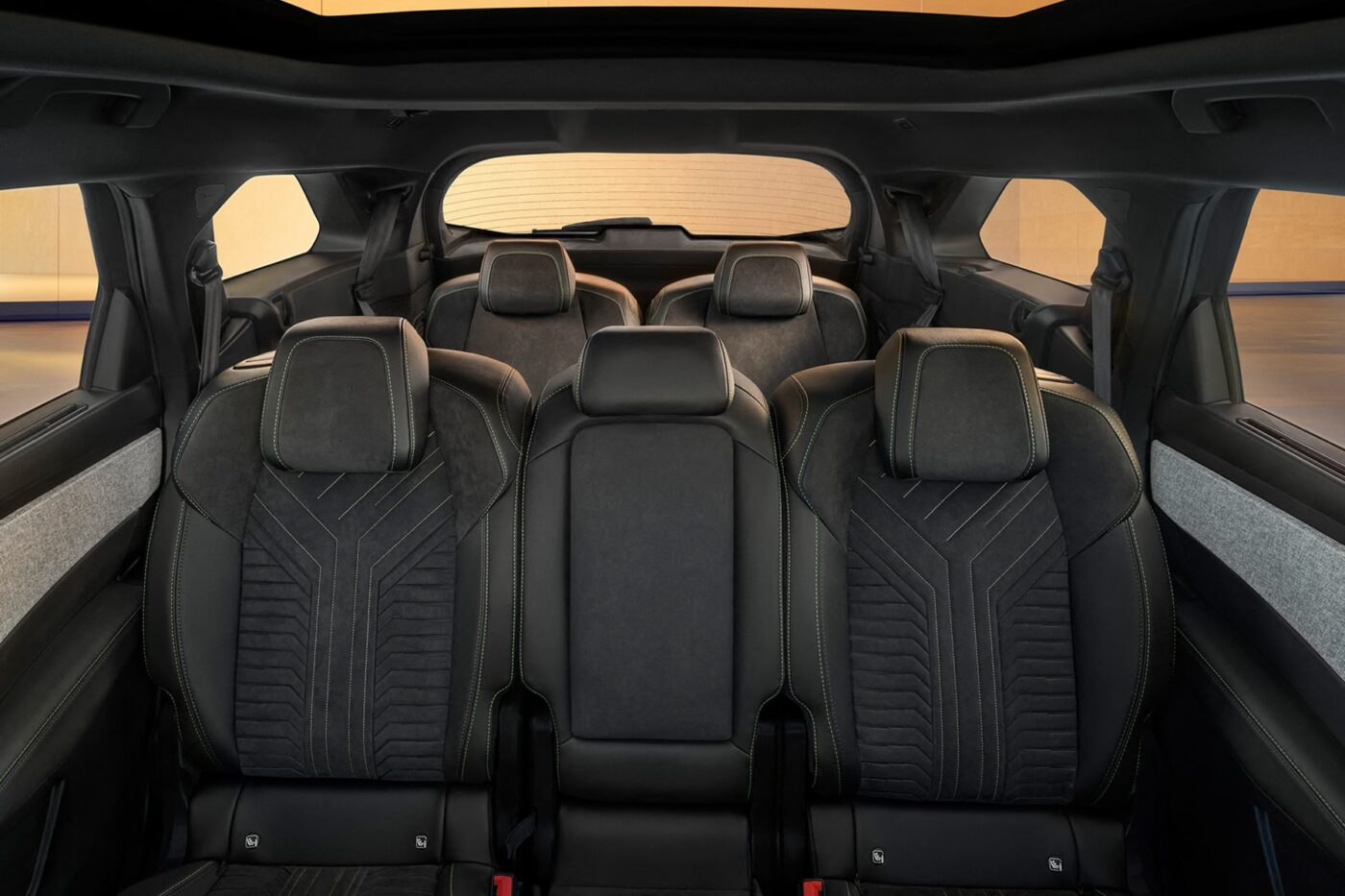
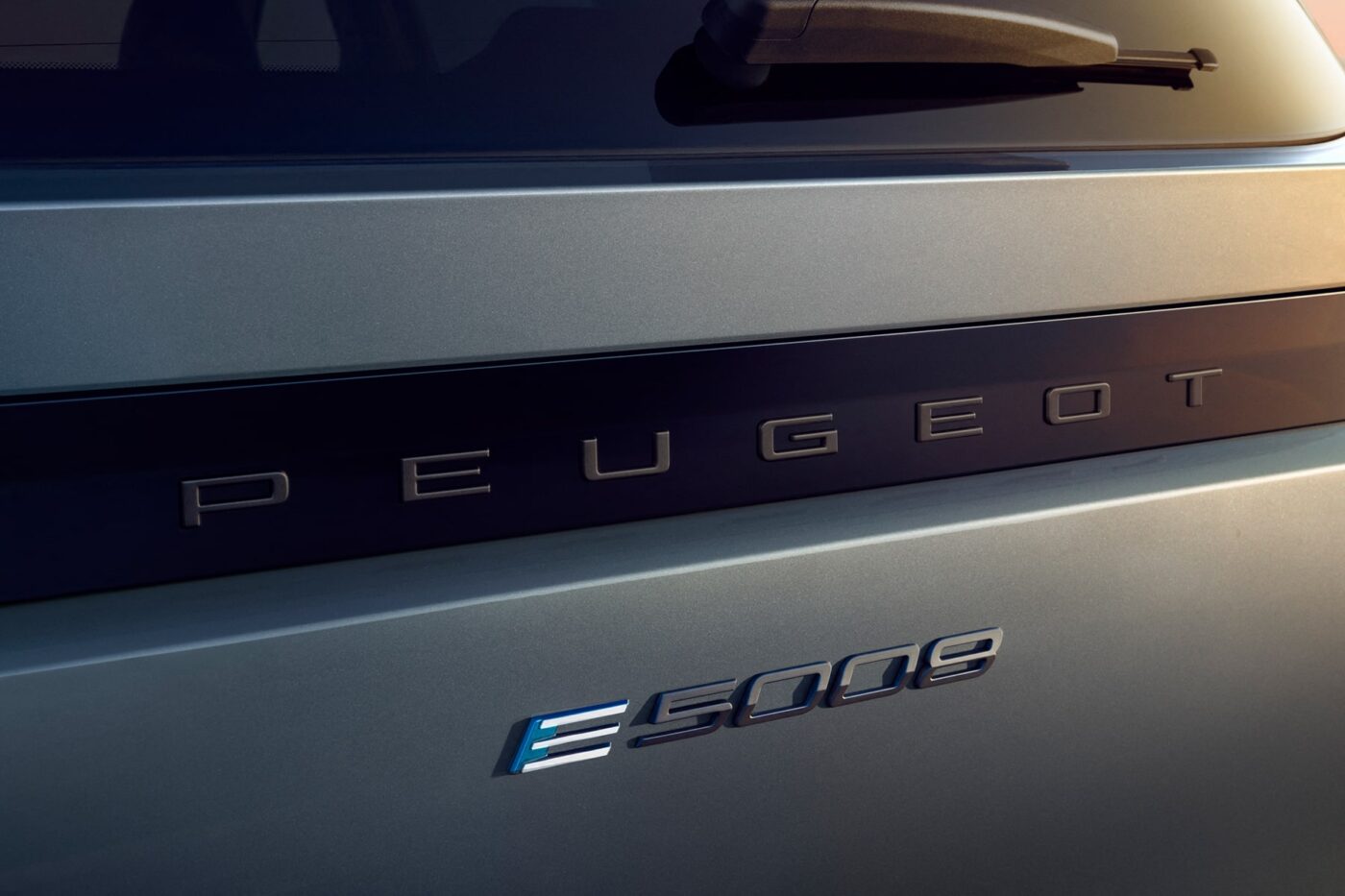

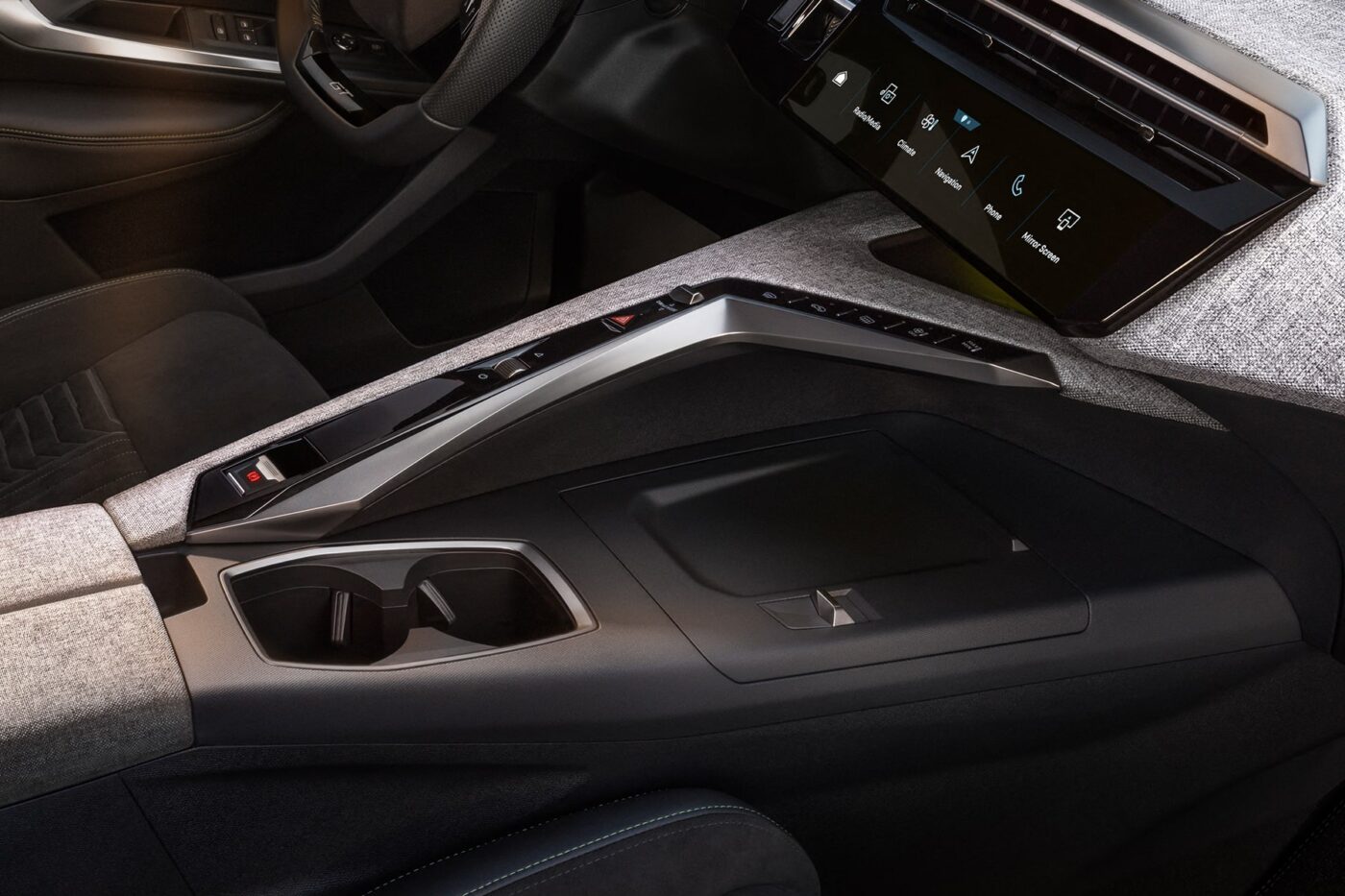
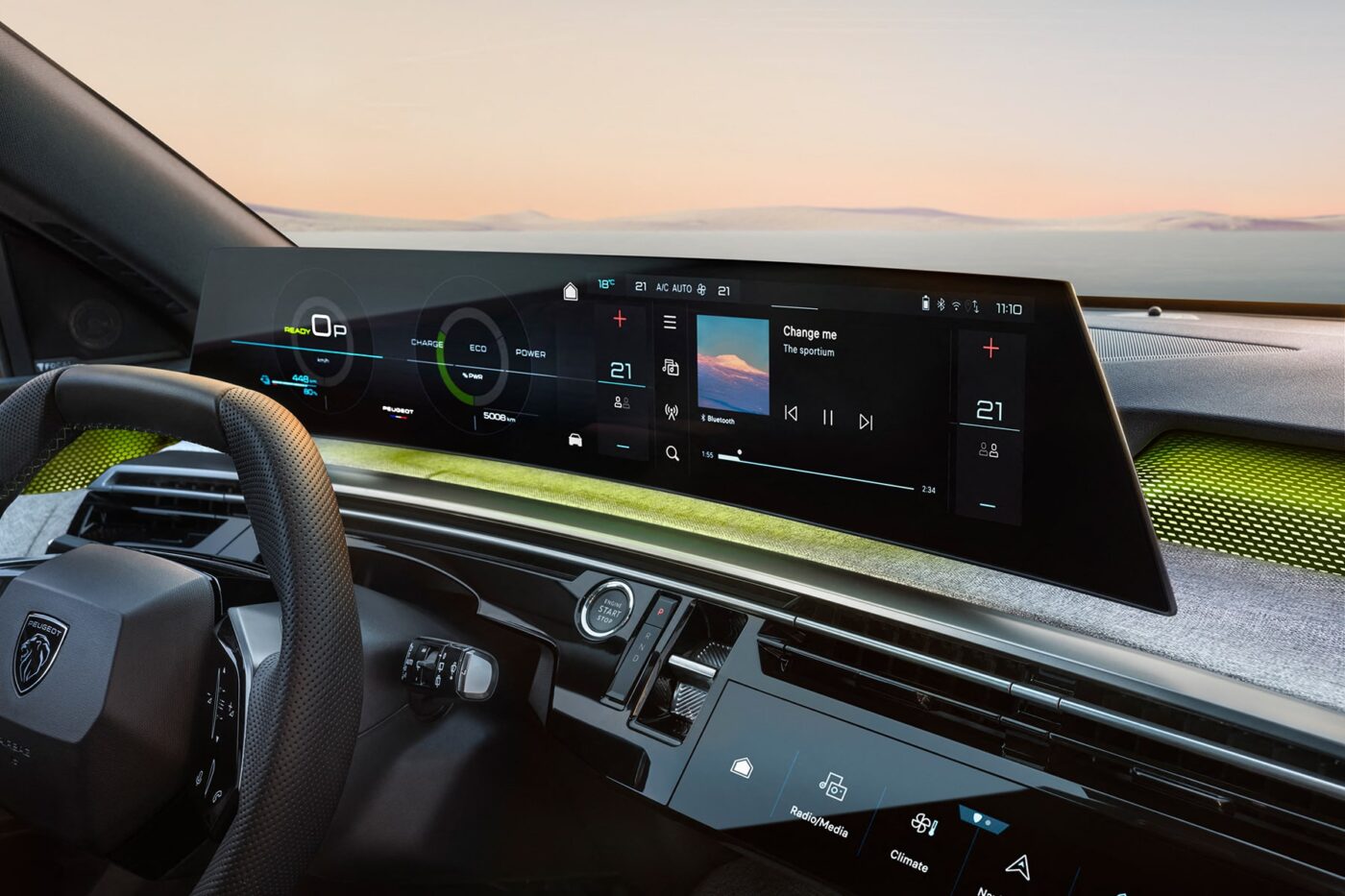
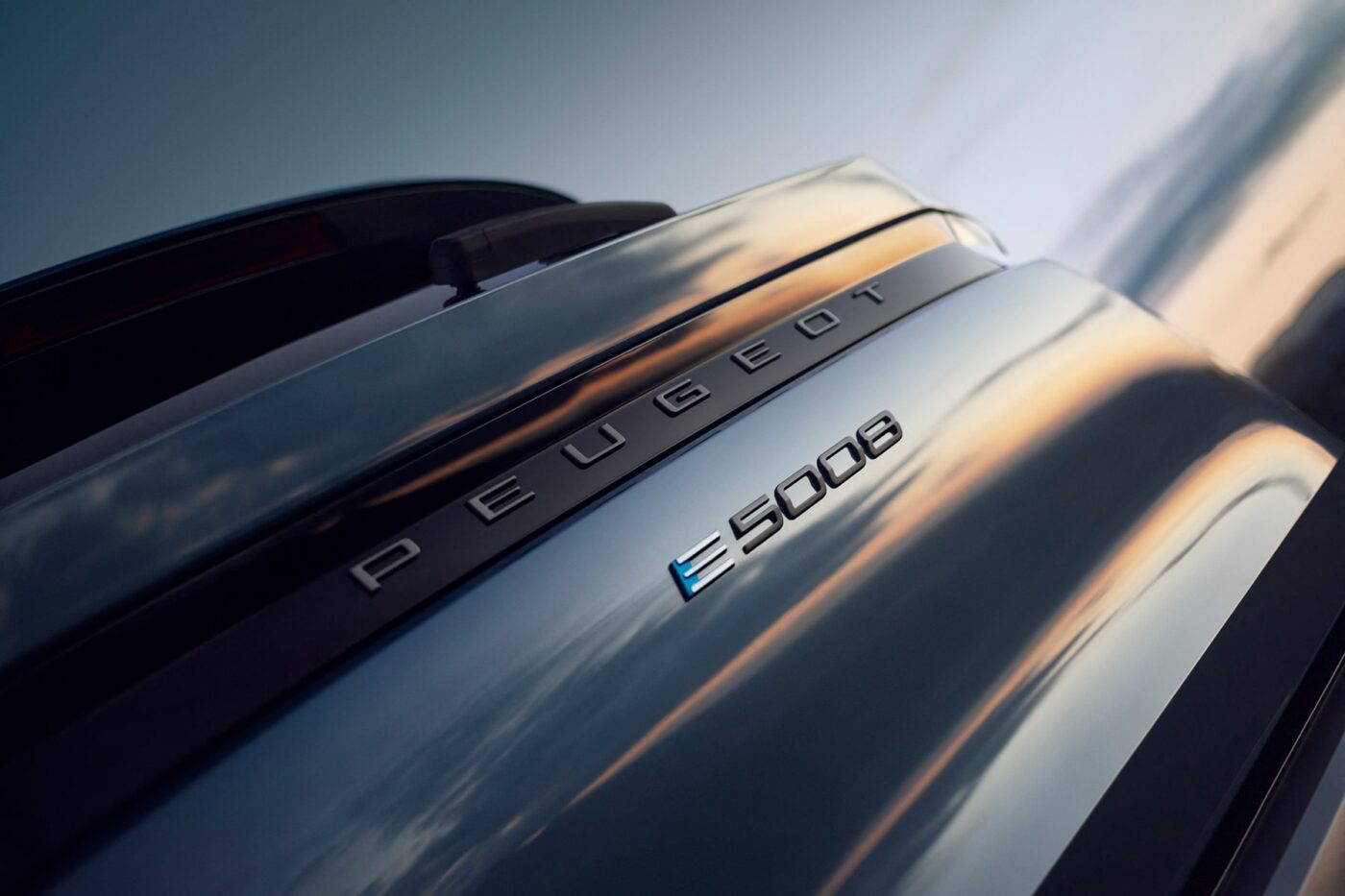
However, it is clear that all battery variants are a 400-volt system – the platform is not designed for more to reduce costs. The maximum charging power is 160 kW, the charging time from ten to 80 per cent is not mentioned. Instead, Peugeot relies on the specification of the charging window from 20 to 80 per cent, which will take 30 minutes. That makes it difficult to compare with other models and does not provide a meaningful picture for potential long-distance journeys: 20 per cent charge level still corresponds to 132 kilometres WLTP range and perhaps 80 kilometres realistic range.
An 11 kW onboard charger is installed, which works for AC charging, and a 22 kW charger will be available as an option. Peugeot has not yet named prices for this, nor has it mentioned features such as vehicle-to-load (V2L), vehicle-to-home (V2H) or vehicle-to-grid (V2G).
The vehicle itself is 4.79 metres long (the platform is designed for up to 4.90 metres) and, at 2.90 metres, utilises the maximum wheelbase of the STLA Medium. In terms of length, the e-5008 is positioned a few centimetres above the global electric bestseller Tesla Model Y. However, with a height of 1.69 metres (Model Y: 1.62m) and, above all, the more angular shape of the seven-seater, the Peugeot is likely to appear significantly bulkier. On the other hand, there is potentially more space in the interior – the seven-seater option of the Model Y, which is not offered in Europe, is probably much more limited in terms of space.
Peugeot itself even says that the e-5008’s “row three sets a new benchmark in the C-SUV segment in terms of habitability” – and that passengers in row two have “remarkable legroom.” In row three, there are foldable emergency seats that, according to Peugeot, have a “real bench with two independent backrests fitted with adjustable headrests.” If all seven seats are used, the boot volume drops to 259 litres, and the boot length is then 42 centimetres. As a five-seater, 748 litres fit into the boot, and with the backrests folded down (i.e. as a two-seater), it will be up to 1,815 litres. The rear seat backrests in row three can be folded down in a 50/50 ratio; in row two, it is 40/20/40, and there is also an 80-litre storage compartment under the seats in row three.
Inside and out, the e-5008 follows the French design language introduced with the e-3008. There are also numerous assistance systems, ChatGPT integration into the infotainment system and a dynamically tuned chassis.
Unlike many current Stellantis models, the e-5008 will also feature integrated charging planning. “Be guided, step by step, throughout your journey via navigation from the Peugeot i-Connect Advanced system, including charging stops,” the press release states. It is unknown whether this also includes adaptive route guidance, which reschedules the calculated charging stop in the event of a diversion, for example. Until now, Stellantis has often refrained from integrated charging route planning; in these vehicles, a route including charging stops can only be planned from the associated app and sent to the car. In the vehicle itself, however, it is then a static route guidance with fixed intermediate destinations.
The Peugeot e-5008 will go on sale in the autumn of 2024. Prices are not yet known, but the e-5008 is likely to be priced above its little brother, the e-3008.


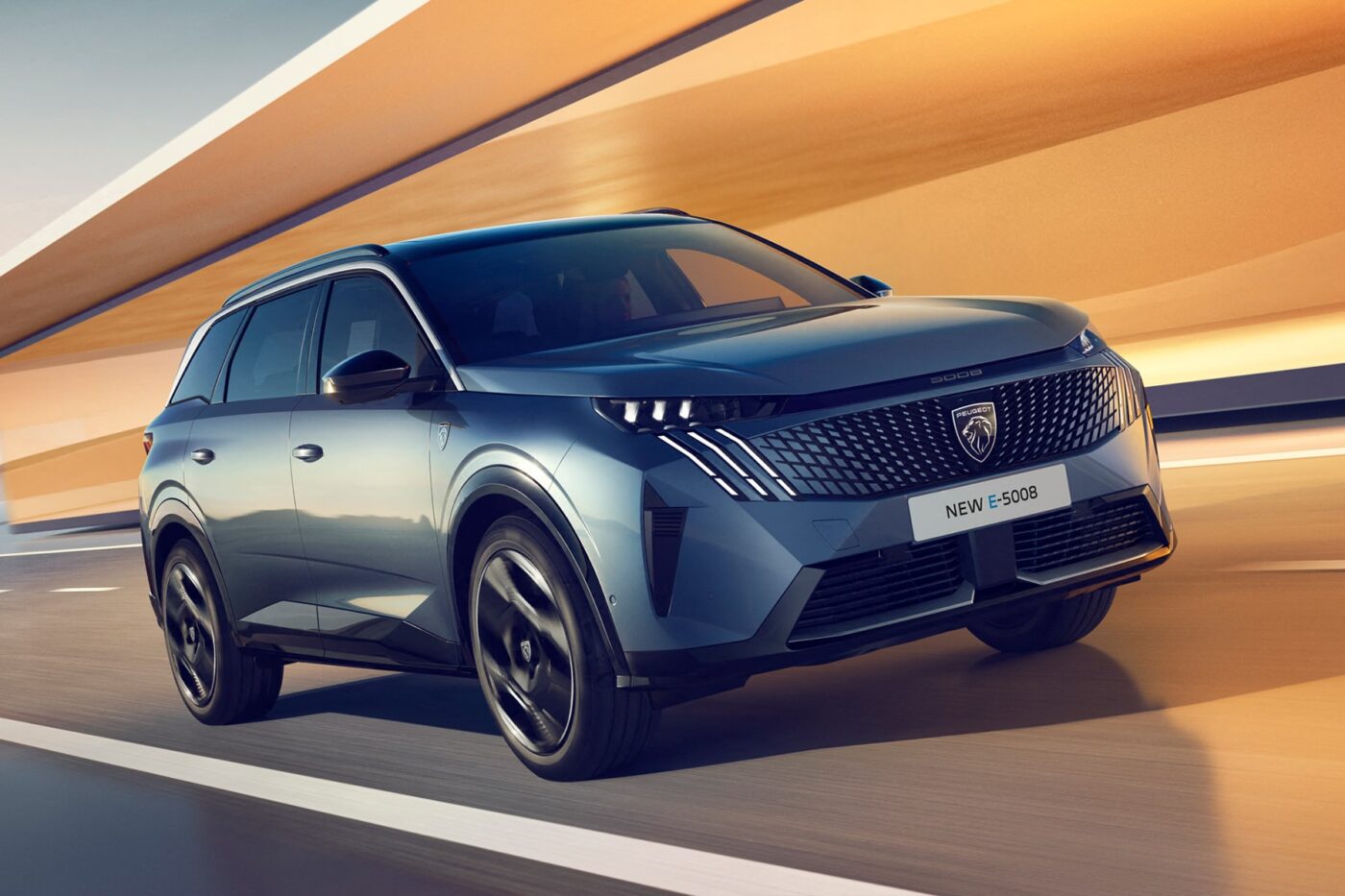
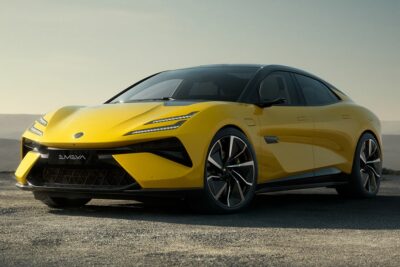
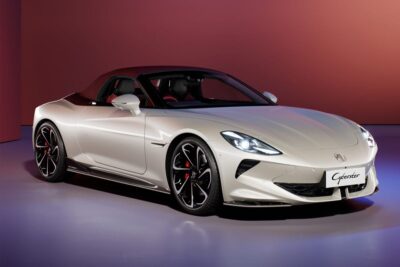
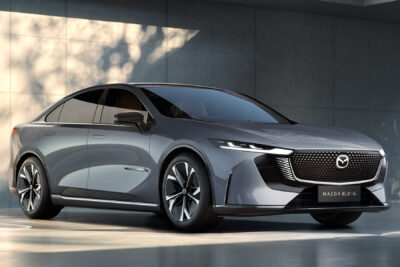
0 Comments